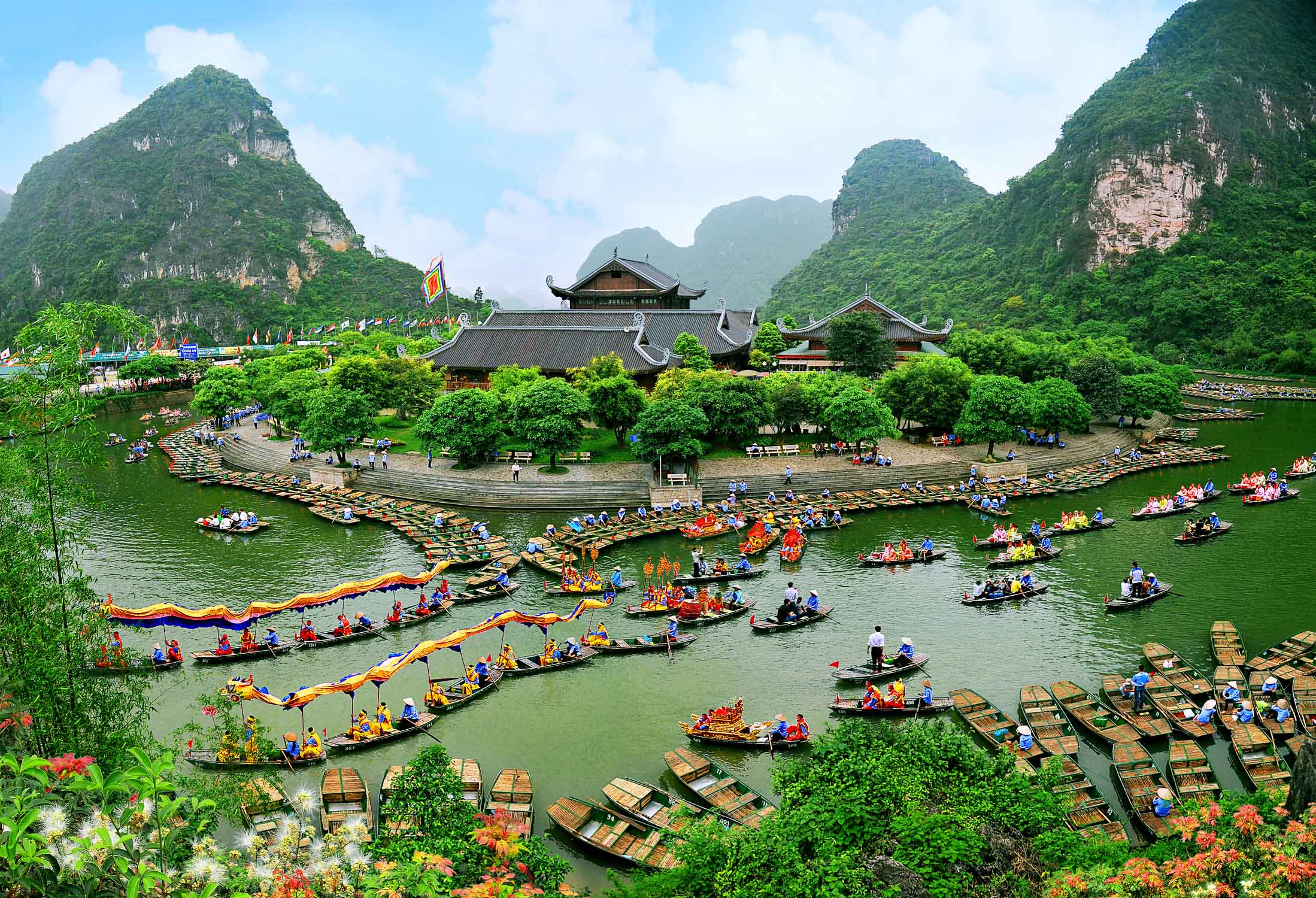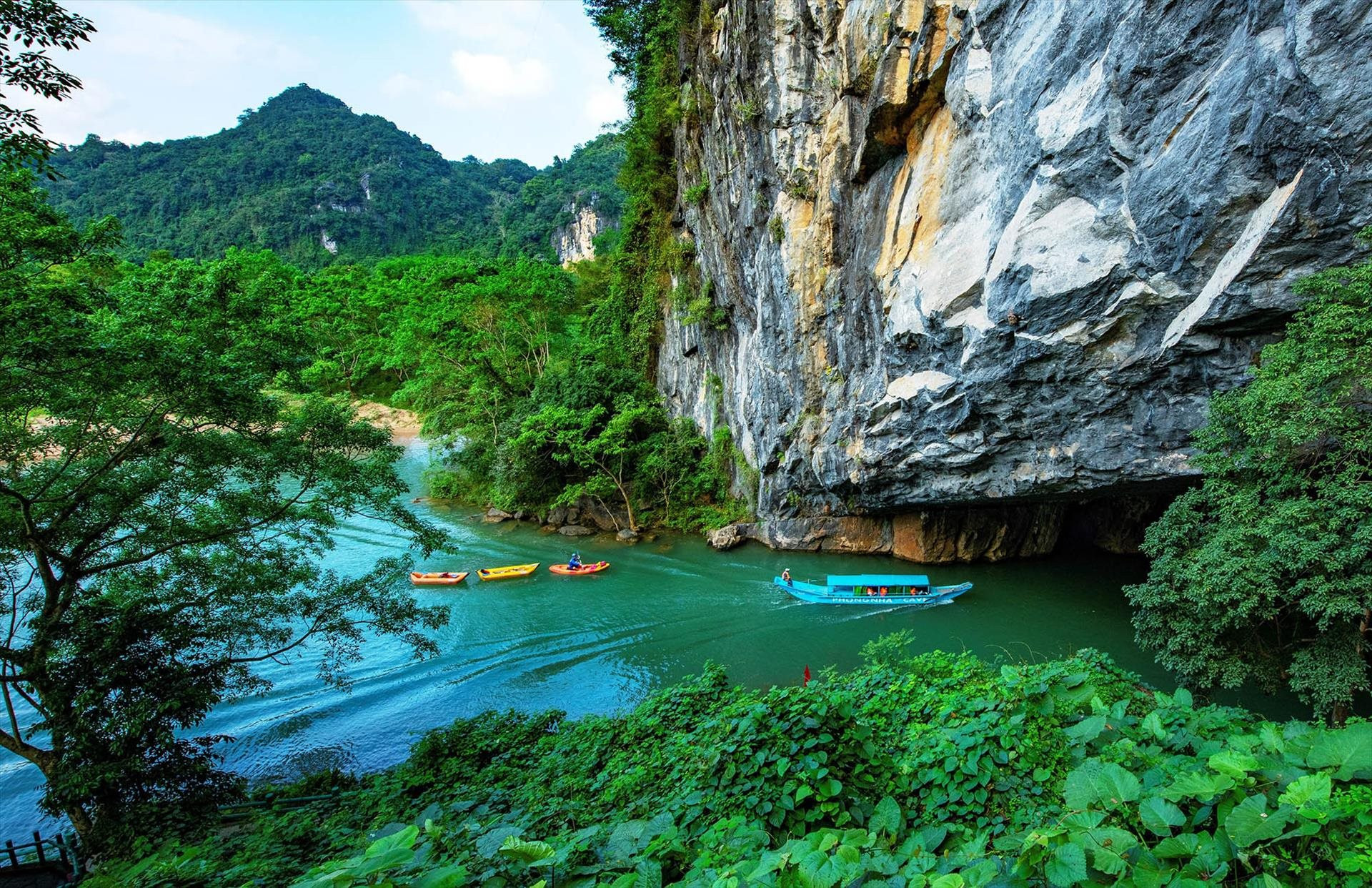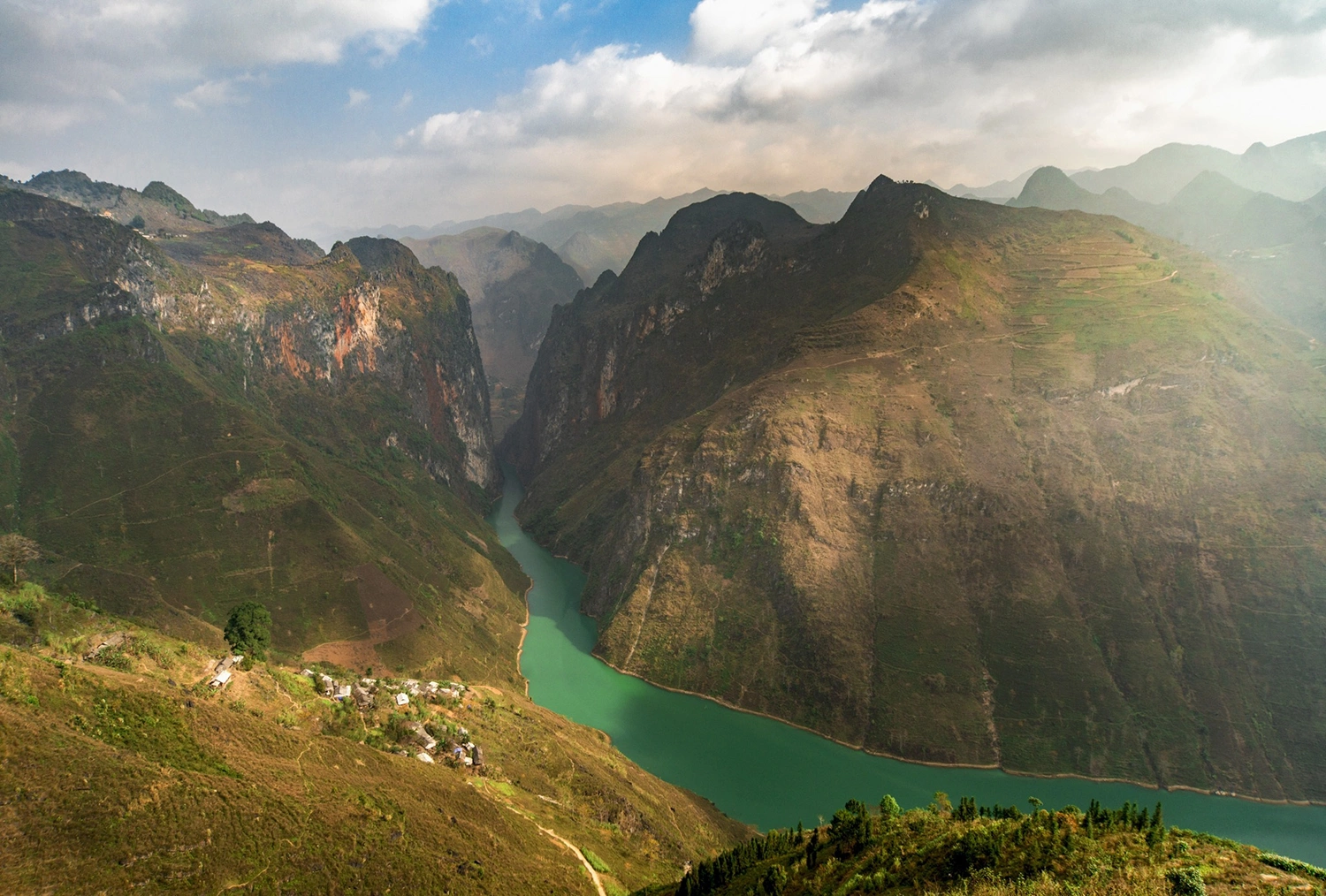
Vietnamese countryside: Tips for travelling and living
The Vietnamese countryside offers a captivating blend of natural beauty, rich culture, and warm hospitality. From the serene rice paddies of the Mekong Delta to the majestic mountains of Sapa, there’s something for every traveler.
How is the Vietnamese countryside?
The Vietnamese countryside is a picturesque tapestry of lush landscapes, charming villages, and friendly locals. It offers a serene escape from the bustling cities, inviting you to immerse yourself in the beauty of nature and experience the authentic rhythms of rural life.
Key features of the Vietnamese countryside:
- Diverse Landscapes: From the majestic mountains of Sapa to the serene waterways of the Mekong Delta, Vietnam’s countryside boasts a diverse range of landscapes.
- Vibrant Culture: Explore traditional villages, witness local customs, and experience the warm hospitality of the Vietnamese people.
- Stunning Scenery: Admire breathtaking views of terraced rice fields, lush forests, and tranquil lakes.
- Delicious Cuisine: Savor authentic Vietnamese cuisine, including fresh seafood, aromatic herbs, and flavorful spices.
- Relaxing Atmosphere: Escape the hustle and bustle of city life and unwind in the peaceful countryside.
See also: TOP 10 Highest Vietnam mountains: A Trekker’s Paradise
A Deeper Dive into Vietnam countryside – the rural charm
Sapa
Perched high in the Hoang Lien Son mountain range, Sapa offers breathtaking vistas of terraced rice fields, misty mountains, and quaint ethnic minority villages. Trek through lush forests, encounter friendly locals, and immerse yourself in the serene beauty of the countryside.
Ninh Binh
Often hailed as “Halong Bay on Land,” Ninh Binh is a captivating blend of karst mountains, rivers, and ancient temples. Explore the Trang An Grottoes by boat, cycle through tranquil rice fields, or hike to the top of Mua Cave for panoramic views.

Mekong Delta
A vast network of rivers and canals, the Mekong Delta is a fertile region known for its lush rice fields, floating markets, and vibrant culture. Embark on a boat trip, visit local villages, and savor the region’s delicious seafood.
Ha Giang
A remote province in northern Vietnam, Ha Giang offers a rugged and adventurous experience. Explore the dramatic limestone mountains, winding roads, and diverse ethnic minority communities.
Da Lat
A cool mountain retreat with a European flair, Da Lat is known for its beautiful flower gardens, pine forests, and waterfalls. Take a leisurely stroll through the city’s parks, visit the stunning Prenn Falls, or explore the vibrant local markets.

Mai Chau
A picturesque valley with stunning mountain scenery, traditional stilt houses, and friendly locals. This place is erfect for cycling, trekking, and immersing yourself in the local culture.
Quang Binh countryside
Quang Binh is home to the world-famous Phong Nha-Ke Bang National Park, with its stunning cave systems and underground rivers. It offers opportunities for adventure activities like caving, kayaking, and trekking.

Each of these destinations offers a unique glimpse into the heart of Vietnam, allowing you to connect with nature, experience local culture, and create lasting memories. Whether you’re seeking adventure, relaxation, or cultural immersion, the Vietnamese countryside has something to offer everyone.
Tips for Traveling the Vietnamese Countryside
1. Choose the Right Destination of Vietnamese countryside:
- Sapa: Ideal for trekking, stunning mountain views, and cultural immersion.
- Ninh Binh: Perfect for boating, biking, and exploring ancient temples and caves.
- Mekong Delta: Great for river cruises, exploring floating markets, and experiencing rural life.
- Ha Giang: Offers challenging motorbike tours through stunning mountain passes and ethnic minority villages.
- Dalat: A charming hill station with beautiful flower gardens, lakes, and waterfalls.
2. Best Time to Visit Vietnamese countryside:
- The dry season (November to April): Offers ideal weather for outdoor activities and sightseeing.
- The rainy season (May to October): Can be a good time to visit for lower prices and lush green landscapes, but be prepared for occasional rain showers.
3. Transportation:
- Motorbike: A popular choice for adventurous travelers. Be cautious and wear a helmet.
- Motorbike Tours: Join a guided motorbike tour to explore the countryside safely and efficiently.
- Bus: A comfortable and affordable option for longer distances.
- Train: A scenic way to travel, especially on the Reunification Express.
4. Accommodation:
- Homestays: Immerse yourself in local culture by staying with a local family.
- Hotels and Resorts: Choose from a range of accommodations, from budget-friendly guesthouses to luxury resorts.
- Camping: For a more adventurous experience, camp under the stars in designated campsites.
5. Cultural Etiquette at the Vietnamese countryside:
- Dress modestly: Avoid revealing clothing, especially in rural areas.
- Respect local customs and traditions.
- Ask for permission before taking photos of people.
- Learn a few basic Vietnamese phrases.
6. Packing Tips at the Vietnamese countryside:
- Comfortable clothing: Pack lightweight, breathable clothing, including a rain jacket.
- Sturdy footwear: Good walking shoes are essential for exploring the countryside.
- Sunscreen and insect repellent: Protect yourself from the sun and bugs.
- First-aid kit: A basic first-aid kit is always a good idea.
- Camera: Capture the stunning scenery and cultural experiences.
By following these tips, you can make the most of your Vietnamese countryside adventure and create unforgettable memories.
Living in the Vietnamese Countryside: A Serene Escape
Living in the Vietnamese countryside can be a rewarding experience, offering a slower pace of life, stunning natural beauty, and a deep cultural immersion. However, it’s important to consider the pros and cons before making a decision.
Pros of Living in the Vietnamese Countryside:
- Peaceful Environment: Enjoy the tranquility of rural life, away from the hustle and bustle of the city.
- Beautiful Scenery: Immerse yourself in stunning landscapes, including rice paddies, mountains, and rivers.
- Fresh Air and Clean Environment: Breathe in the clean, fresh air and escape the pollution of urban areas.
- Warm Hospitality: Experience the genuine warmth and hospitality of the Vietnamese people.
- Affordable Living: The cost of living in the countryside is generally lower than in cities.
- Healthy Lifestyle: Embrace a healthier lifestyle with fresh, organic food and plenty of outdoor activities.
Cons of Living in the Vietnamese Countryside:
- Limited Infrastructure: Access to modern amenities, such as healthcare and education, may be limited in some rural areas.
- Language Barrier: While many people in tourist areas speak English, you may encounter language barriers in more remote areas.
- Slower Pace of Life: If you’re used to a fast-paced lifestyle, the slower pace of rural life may take some adjustment.
- Limited Job Opportunities: Finding suitable employment in rural areas can be challenging.
- Internet Connectivity: Internet access may be slower or less reliable in rural areas.
Ultimately, the decision to live in the Vietnamese countryside depends on your individual preferences and priorities. If you’re seeking a peaceful and authentic experience, the Vietnamese countryside can be a wonderful place to call home.




